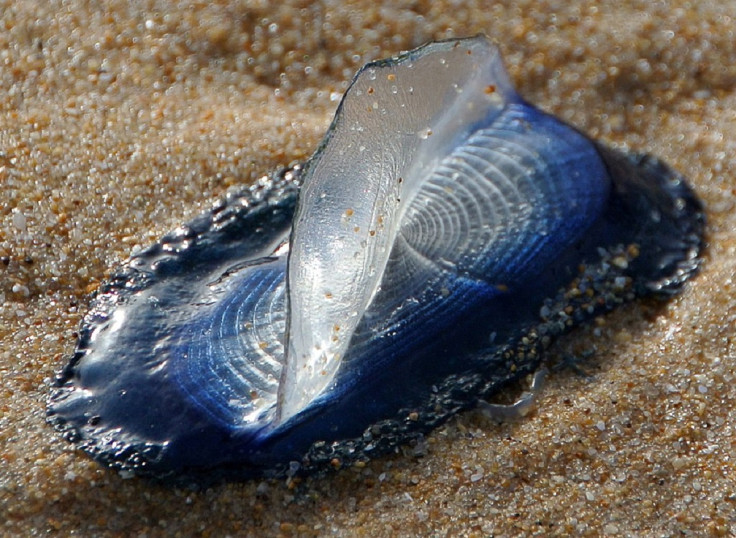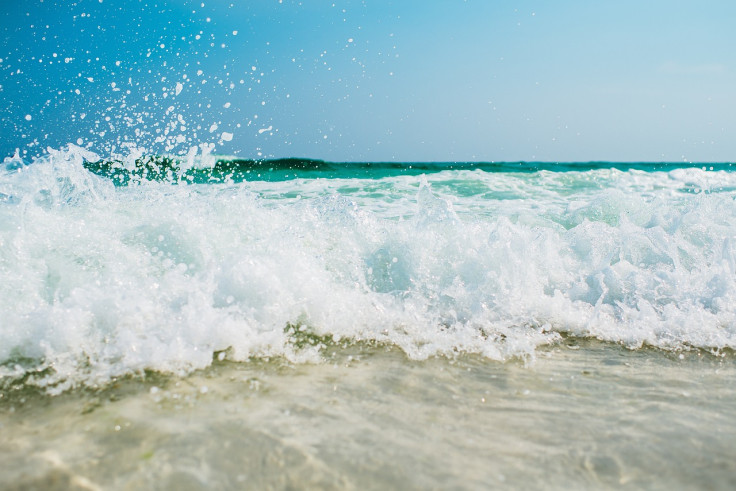What Are Velella Velella? Blue Blob-Like Creatures Wash Ashore In California [Photo]
KEY POINTS
- A California beach was recently tinged in blue because of Velella
- Velella Velella aren't said to be dangerous to humans
- They are semi-circular in shape with a bluish float underwater and triangular sails that stick atop them
California shores recently welcomed some blue, blob-like visitors - Velella velella. They may look like other dangerous creatures, but they're not a cause for concern.
The Point Reyes National Seashore shared a photo of the phenomenon on social media. In it, one can see that what's supposed to be a sea of sand is actually splashed in waves of blue.
"You may come across a fresh wash-up of Velella, tinging the stretch of shoreline blue, but if they've been there a while, they will look like crinkly and dry ovals of cellophane," the sanctuary noted. "So, if you happen to be out for a stroll and encounter these brilliant blue creatures, promise that you'll jump up and down repeatedly shouting "Velella velella!""
Also known as "By-the-wind sailors," Velella velella are polyps that spend their lives floating on the surface of the Pacific Ocean. They are semi-circular in shape with a bluish float underwater and triangular sails that stick atop them.
Velella velella generally stay on the surface of the ocean for the most part of their lives. They don't even "come close" to the bottom of the ocean.
"(T)he only stage in its life when it is completely submerged is the larval stage," explained the University of Michigan Museum of Zoology.

Interestingly, Velella velella can be left- or right-handed, depending on the orientation of their sails, though most are said to be "left-handed." It has been speculated that this may have something to do with the preferred sailing direction in the northern and southern hemispheres or eastern and western shores.
Despite sometimes getting mistaken for jellyfish or the deadly Portuguese Man O' War because of its appearance and bluish color, this species is not said to be dangerous to humans. Its tentacles, according to the sanctuary, don't sting humans and are simply used to gather its simple diet of zooplankton and fish eggs.
When strong winds blow Velellas to the shore in large numbers, just like what happened at the Point Reyes National Seashore, these creatures end up washed up on beaches, giving them a bluish tinge. There, they die and disintegrate.
As sad as this may seem, however, this appears to only be natural, Rita F. T. Pires of the Portuguese Institute for Sea and Atmosphere told Newsweek.
"The mass strandings of the species on beaches during springtime follow periods of increased reproductive activity, and represent regular and natural occurrences (blooms), consistent with the life cycle of the species," she said.

© Copyright IBTimes 2024. All rights reserved.






















